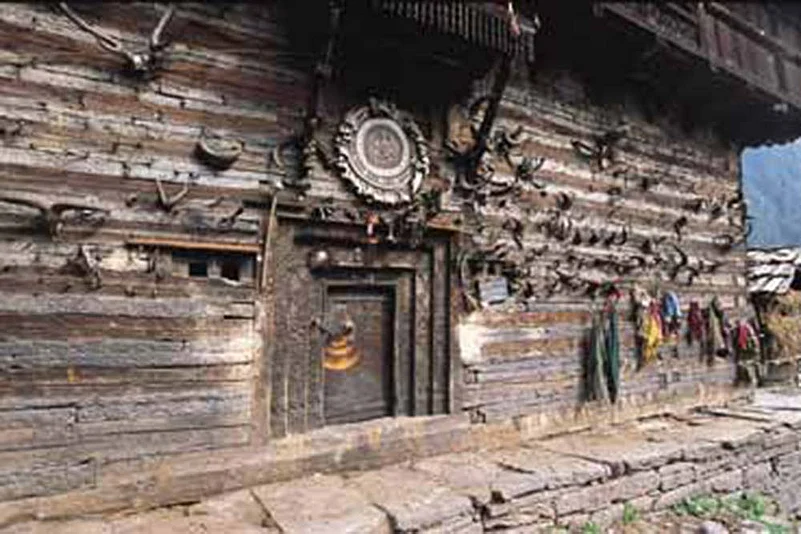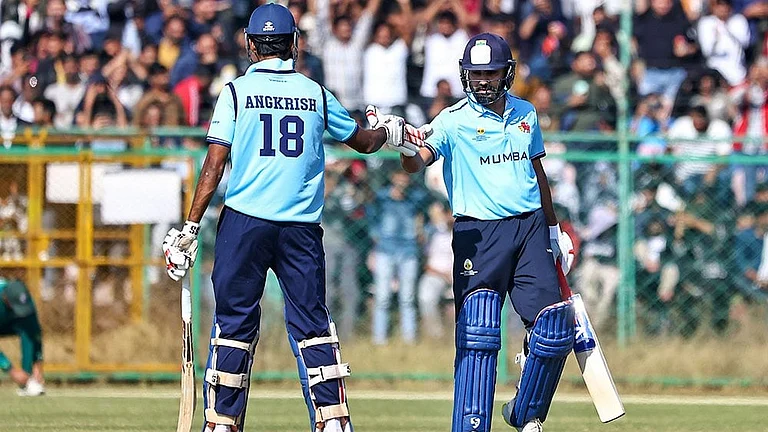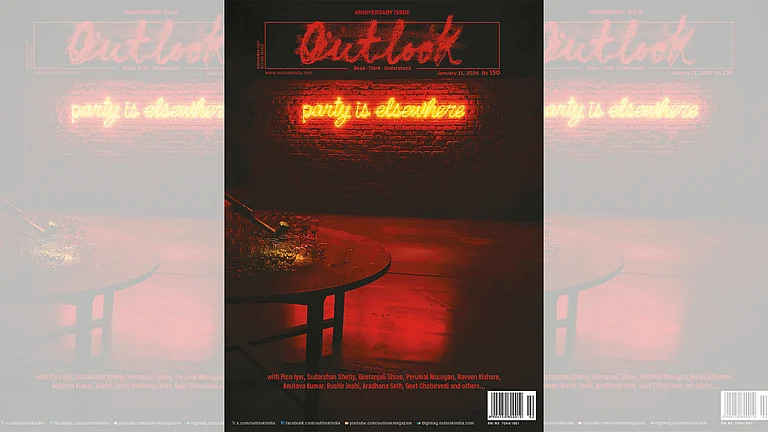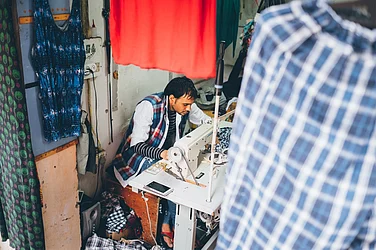For the old hippie, the very name ‘Malana’ could be an instant stimulant. This is where a mountain village in Himachal Pradesh’s panoramic Kullu district stands in terms of notoriety. Malana produces one of the world’s best and most expensive varieties of hashish—Malana Cream. Hashish is made from the resin of cannabis, which grows wild all over the valley, its grasslands and slopes, close to the Himalayan snowline.
It’s not difficult to trace how Malana—a remote landlocked plateau jutting up from the Parvati valley, but now connected by road—transformed into a hub of hashish. It’s attributable to the footfalls of foreigners, mostly Israelis and Europeans, on budget trips. The backpackers soon started staying for extended periods in the Parvati region, over time even settling down. Initially, this was oriented towards self-consumption but slowly that morphed into peddling and high-volume smuggling, as they started developing stakes in organised cultivation.
ALSO READ: Weed Or Weedout
Their presence naturally drove the locals, Malanis in particular, to shift to cannabis cultivation—traditional crops like wheat, maize or barley were highly unremunerative, and here was the prospect of assured money. The foreigners encouraged the locals to grow hybrid varieties, and brought seeds for propagation in the local climatic conditions. Even the most barren valleys and degraded forests, often inaccessible to law enforcement personnel, started seeing cannabis cultivation. Baghi Ram, Malana’s panchayat pradhan, admits Malana has earned a bad name but cites poverty as a factor. Only five to 10 per cent families here have land up to 10 or 15 bighas, he says; the rest are either landless or own only up to five bighas. For them, this becomes a source of livelihood.
The other end is infinitely richer. “Now, marijuana and its byproducts are smuggled to international markets—Malana cream has the biggest demand. The drug mafia uses internet platforms to strike deals and supply. They operate from foreign locations, using Nepalis and local labourers to deliver consignments,” says former DGP I.D. Bhandari, who in 2011-12 led a massive operation in the Malana valley, destroying several acres of standing cannabis crop, and setting fire to a large stock of stashed products. The local wild cannabis—which grows all over in Himachal’s hills—is usually three or four feet high and contains less resin but Bhandari’s team found cannabis plants as high as six feet.
Since the entire trade is illegal, there are no exact estimates of its volume but cannabis cultivation has spread deep into districts of Kullu, Mandi, Shimla and Chamba. Besides Malana, Kullu itself hosts other hubs like Kasol, Banjar and old Manali, where the presence of foreigners outnumbers local tourists and trekkers.
Shimla-born filmmaker Vivek Mohan, who made a documentary on Malana in 1998, after four-year-long work in the area, blames the foreigners. “Malana has a place in my heart. It’s the foreigners, mostly Israelis, who made it an infamous hub for hash. The people of Malana are gentle; in fact, most Himachalis are too. They were exploited, and continue to be; they get a meagre sum for stuff sold at very high value abroad.”
ALSO READ: Hi Pot, Meet Kettle
Successive governments have offered nothing more than lip service on creating alternate livelihood avenues for Malanis, he says. “And the police drives are an eyewash. Who do they arrest? Either the poor Nepali labour, couriers or local youth. The powerful drug mafiosi never get caught,” Mohan says.
The pandemic brought a pause to this parallel economy. Barring a few who have settled down in the villages, or even solemnised marriages with local girls, a majority of the foreigners have returned to their countries. So the cannabis trade has also slowed down. Yet, the biggest seizure was in June 2020, when Kullu police recovered 42 kg of charas, worth Rs 53 lakh in the local market (global value: nearly Rs 2 crore). DGP Sanjay Kundu says the entry of “chitta”, Punjab’s infamous heroin-based mix, now poses new challenges.
ALSO READ: Meth-en-Scene
Some local voices call for legalisation of cannabis cultivation, seeing it as a legitimate means of livelihood. Kullu MLA Sunder Singh Thakur, a hotelier himself, cites the examples of Uttarakhand, MP and Rajasthan where cultivation of cannabis and opium are allowed for non-narcotic uses. “Once the government decides on controlled cultivation of cannabis, the illegal drug trade will be eliminated. The frequent destruction of cannabis crops is a drain on resources, and a meaningless exercise. Hemp and other cannabis products could bring income to the people,” he says.
Chief Minister Jai Ram Thakur is wary. “I am not sure about its possibility. There are worries,” he tells Outlook. “Right now, our fight is against the drug mafia and saving the next generation from succumbing to drugs. Trafficking has again started after a brief lull during the lockdown. There can be no compromise.”
ALSO READ
By Ashwani Sharma in Shimla
























